ATRIAL SEPTAL DEFECT (ASD)
WHAT IS AN
ATRIAL SEPTAL DEFECT?
An atrial septal defect (ASD) is an abnormal opening (hole in heart) in the wall between the two upper chambers of the heart. This opening allows abnormal flow of blood between the atria chambers and usually results in too much blood flow to the lungs.
- Atrial septal defects are one of the most common congenital heart defects seen in pediatric cardiology and often occur in conjunction with other cardiac defects.1-3
- There are four atrial septal defect types and their location in the heart determines their type.1
- Ostium secundum is the most common type of ASD, and are located in the center of the atrial septum. About 80% of ASDs are in the ostium secundum.1
- Non-surgical closure (using a transcatheter device) of ASDs only benefits patients with centrally located ostium secundum ASDs.1,4
- If left untreated, the ASD may be debilitating and could be fatal.1,3
How an ASD affects your
blood flow
The heart is a pump with four chambers: two small upper chambers called the atria (you have a right and a left atrium) and two larger, more powerful pumping chambers called ventricles (again you have a right and a left ventricle). A healthy heart pumps blood through the body and is controlled by a unique “electrical system” within the heart itself.
Typically, oxygen-poor blood flows from the body into the heart through the right atrium and then flows into the right ventricle. When the heart pumps, the blood in the right ventricle is pumped out through the pulmonary artery to the lungs where it is filtered and receives oxygen. From the lungs, the now oxygen-rich blood enters the heart through the left atrium. It then flows to the left ventricle and is pumped out through the aorta into the body to provide oxygen to all the organs and cells. As it circulates through the body, it becomes oxygen-poor and returns to the heart and the cycle begins again.
An ASD is an abnormal opening (a hole) in the tissue wall between the atria. Typically, there is lower resistance to flow on the right side of the heart, which causes the oxygen-rich blood from the left atrium to flow through the opening and into the right atrium. This results in too much blood flow to the lungs and can cause heart failure.
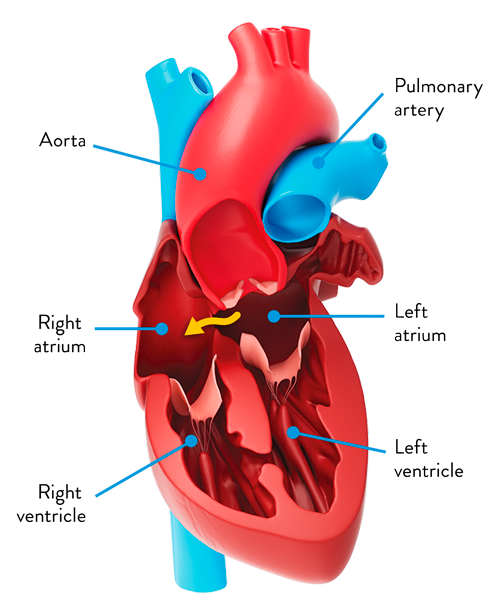
ATRIAL SEPTAL DEFECT
SYMPTOMS
Severity of atrial septal defect symptoms often depends on the size of the hole in heart. Large ASDs may cause fatigue, shortness of breath, pulmonary hypertension, arrhythmia and/or an enlarged heart. Symptoms of atrial septal defect may include:
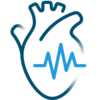
HEART MURMUR
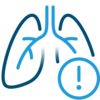
FREQUENT RESPIRATORY OR LUNG INFECTIONS
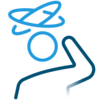
STROKE
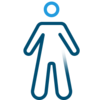
SWELLING OF THE LEGS, FEET, OR STOMACH
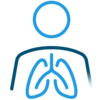
DIFFICULTY
BREATHING
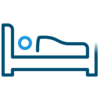
FATIGUE WHEN FEEDING (INFANTS)
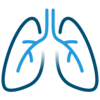
SHORTNESS OF
BREATH WHEN
BEING ACTIVE
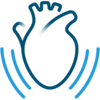
PALPITATIONS
(A SENSE OF FEELING THE HEARTBEAT)

POOR FEEDING AND POOR WEIGHT GAIN
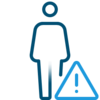
CYANOSIS
(BLUISH SKIN)
ATRIAL SEPTAL DEFECT TREATMENT
If you or a loved one has been diagnosed with an atrial septal defect (ASD), it’s important to seek timely treatment since the condition can cause serious complications. Your doctor will discuss the best treatment option for you.

ATRIAL SEPTAL DEFECT TREATMENT
If you or a loved one has been diagnosed with an atrial septal defect (ASD), it’s important to seek timely treatment since the condition can cause serious complications. Your doctor will discuss the best treatment option for you.
MAT-2304813 v3.0 | Item approved for U.S. use only.